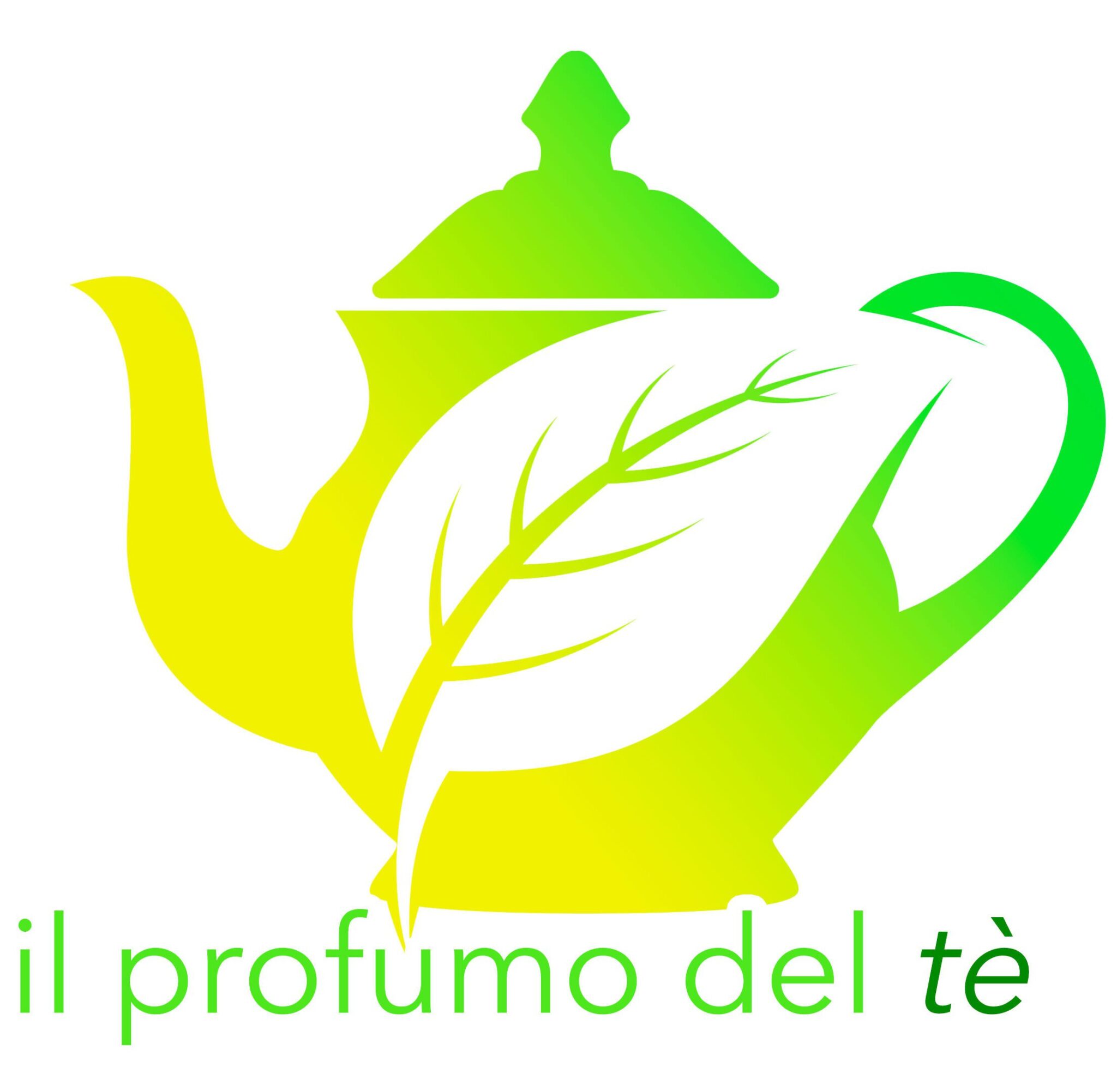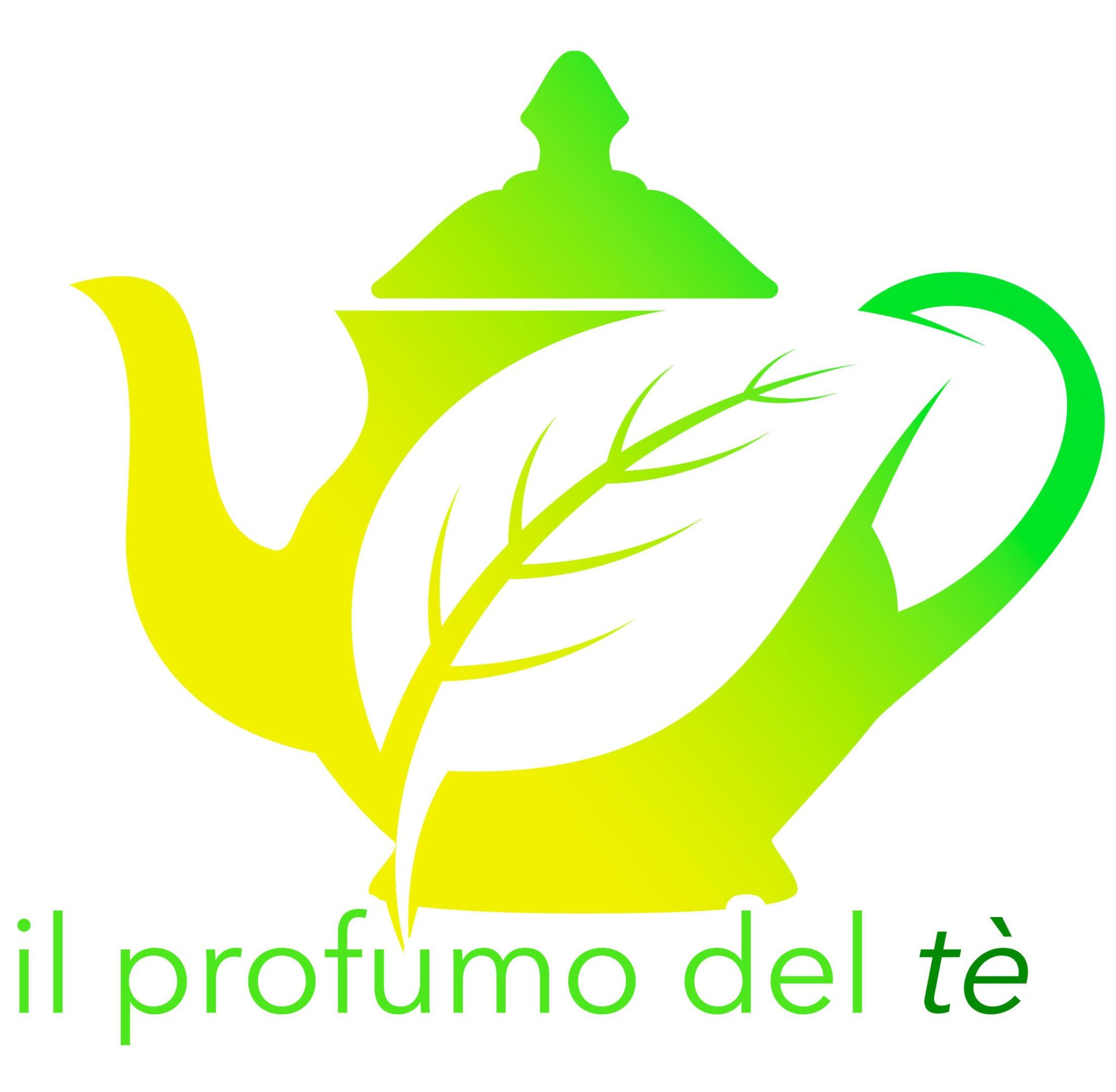I tè profumati differiscono da quelli aromatizzati. Qui le foglie non sono miscelate, ma vengono semplicemente profumate o con l’ultilizzo di oli essenziali puri, oppure posizionando le foglie a stretto contatto con frutta, fiori e spezie per diversi giorni così che daranno al nostro infuso un buon profumo e sapore.
Due esempi sono il famoso Earl Grey dove si percepisce la nota del bergamotto data dall’olio essenziale puro. Il nome di questo famoso tè inglese, ma in realtà realizzato con una miscela di più tè neri indiani solitamente provenienti da Ceylon, deriva dal Conte Charles Grey (1764-1845) che lo assaggiò in uno dei suoi viaggi e una volta importato in Inghilterra tramite la Compagnia delle Indie Orientali lo utilizzò per il famoso tè delle cinque del pomeriggio.
Un’altra storia racconta che il Conte Grey salvò la vita a un Mandarino durante una missione diplomatica in Cina ed egli, per riconoscenza, gli diede la ricetta di questo tè che in seguito fu messo in vendita dalla Twinings.
Esiste anche una tipologia di wulong aromatizzato al bergamotto, proveniente dalla provincia di Nantou, ottenuto miscelando questa tipologia di tè ai petali di questa pianta.
L’altro esempio è il tè verde al gelsomino dove questi fiori bianchi e pregiati sono posizionati accanto alle foglie per molte ore e viene ripetuta fino a sei o sette volte. Visto e considerato che occorre un grande quantitativo di foglie e fiori e che per avere il massimo del profumo occorre raccogliere il gelsomino in determinati periodi e di notte, questa tipologia di infuso può raggiungere costi molto elevati così come per l’essenza pura.
Si tratta di una tipologia di tè molto pregiato risalente al X secolo. Il Jasmine Pearl ad esempio viene fatto da piccole foglie arrotolate e viene effettuato con la raccolta delle prime due foglie e del germoglio.
Scented Teas

Scented teas differ from flavored teas. Here the leaves are not mixed, but are simply scented either with the use of pure essential oils, or by placing the leaves in close contact with fruit, flowers and spices for several days so that they will give our infusion a good scent and flavor.
Two examples are the famous Earl Grey where the note of bergamot given by the pure essential oil is perceived. The name of this famous English tea, but actually made with a blend of multiple Indian black teas usually coming from Ceylon, comes from the Charles Grey (1764-1845) who tasted it on one of his travels and once imported to England via the East India Company used for the famous five in the afternoon tea.
Another story tells that Count Gray saved the life of a Mandarin during a diplomatic mission to China and he, out of gratitude, gave him the recipe for this tea which was later offered for sale by Twinings.
There is also a type of wulong flavored with bergamot, coming from the province of Nantou, obtained by mixing this type of tea with the petals of this plant.
The other example is jasmine green tea where these fine white flowers are placed next to the leaves for many hours and repeated for six or seven times. Considering and considering that a large quantity of leaves and flowers are needed and that in order to have the maximum scent it is necessary to collect jasmine at certain times and at night this type of infusion can reach very high costs as well as for the same pure essence.
It is a very fine type of tea dating back to the 10th century. The Jasmine Pearl for example is made from small rolled leaves and is carried out with the collection of the first two leaves and the bud.

Nei tè profumati fiori, frutta, spezie ed oli essenziali restano accanto alle foglie per giorni per dare loro il profumo che si sprigiona nella tazza.



No responses yet